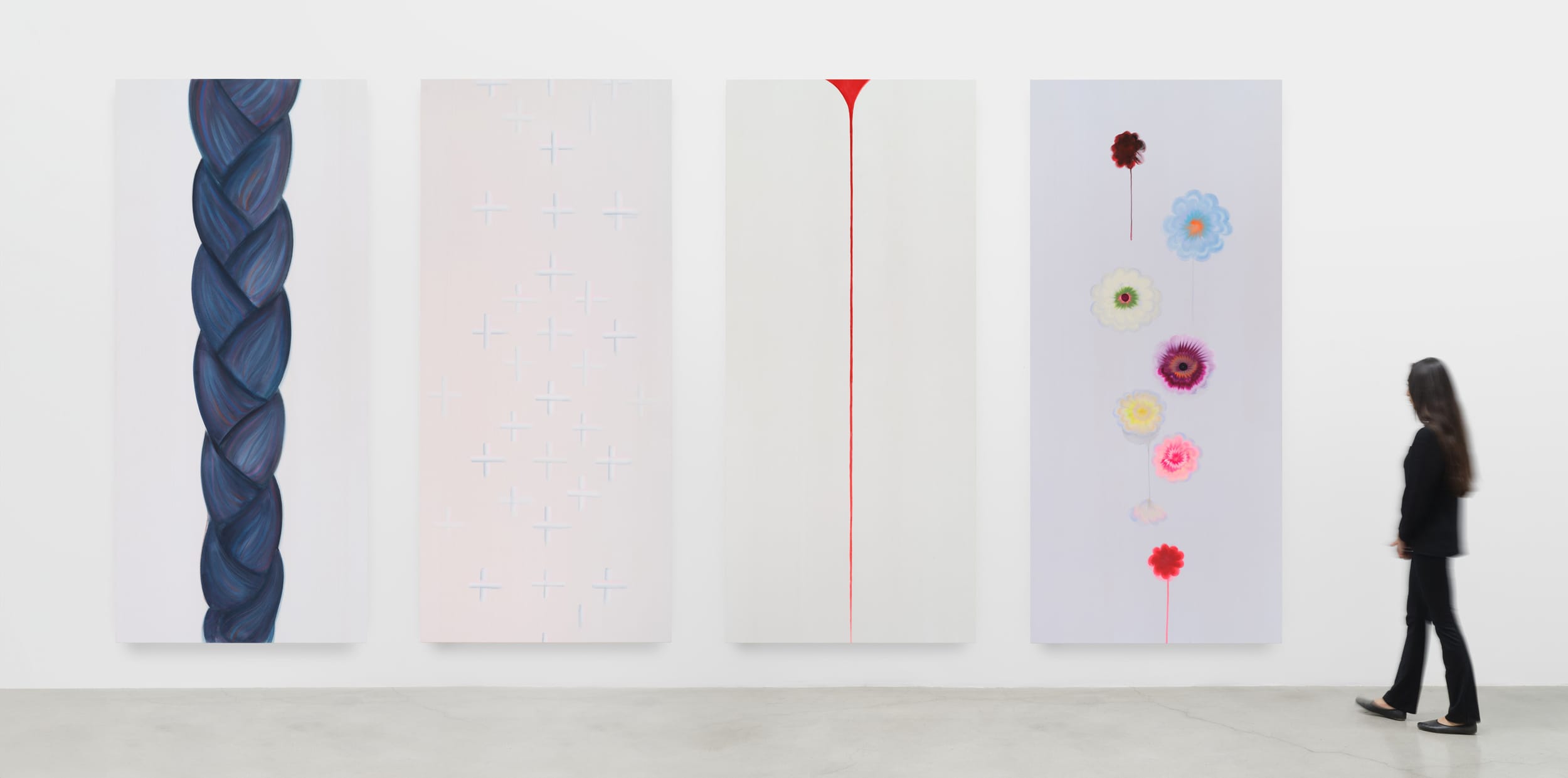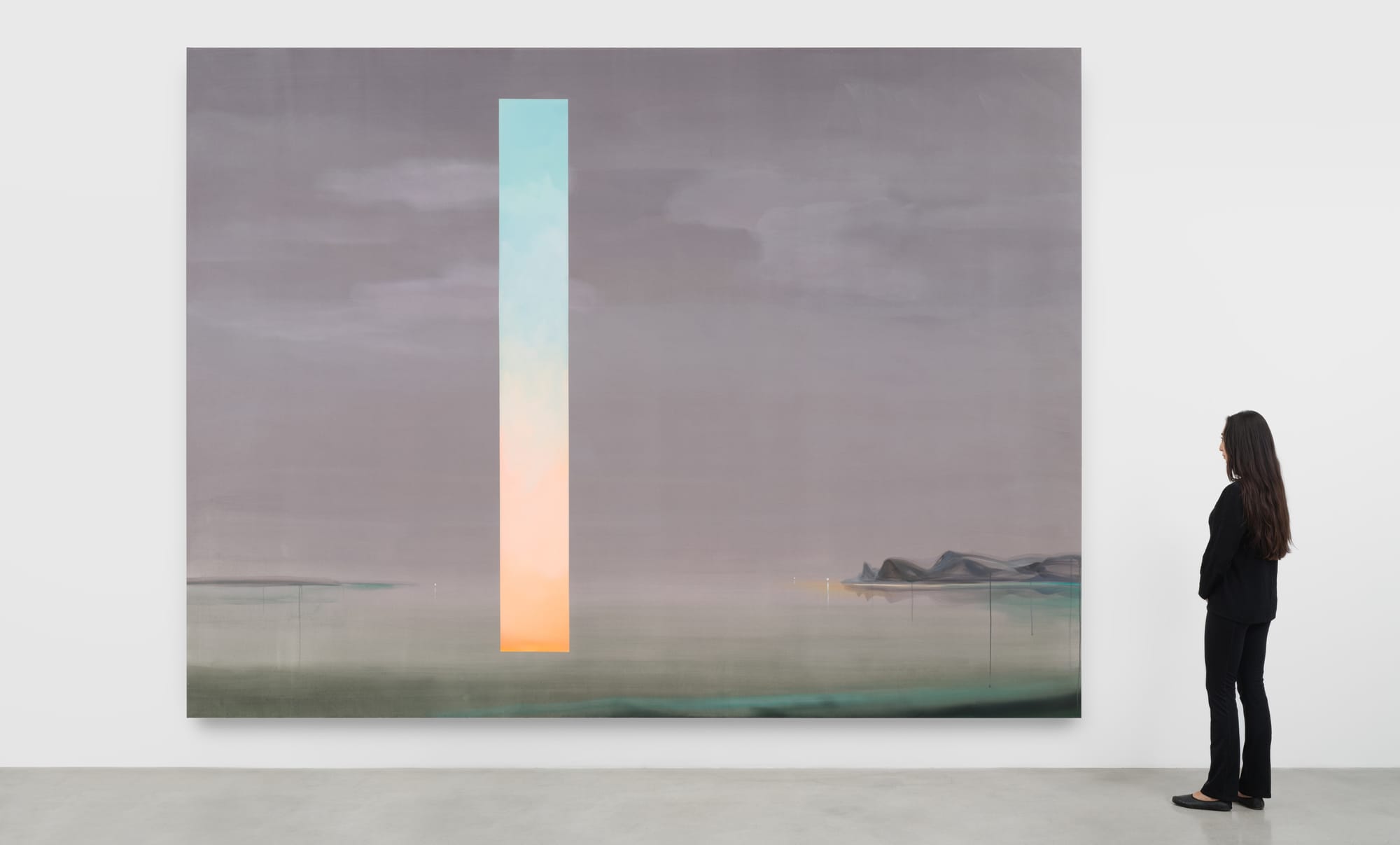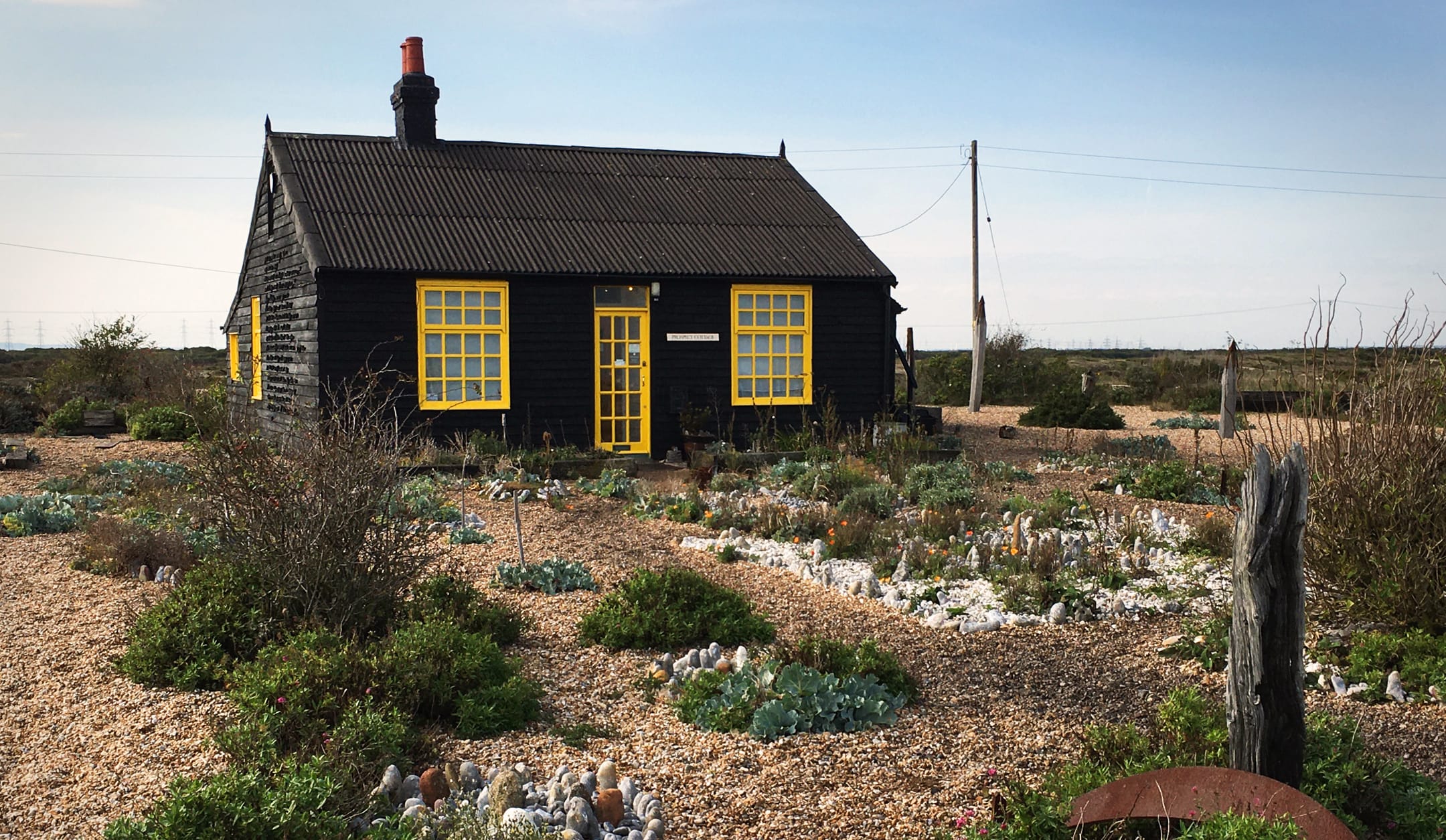How to Look at the Moon: Wanda Koop’s Phases of Knowing
Evan Nicole Brown reflects on the interruptions to the natural world at the heart of Wanda Koop’s current solo exhibition in Los Angeles, Objects of Interest.

Last weekend, after an evening of gallery stops across Los Angeles, I ended my night at a house party—somewhat reluctantly, because I was exhausted, but also willingly, because I trust life. When I arrived the volume of empty bottles and flattened chip bags outnumbered the amount of guests present, which is to say that it was late—so late that the full moon glowing above us, as we all idled outside in the driveway, was the de facto main character.
I’d quickly made a new friend (a word I use loosely sometimes, because occasionally a stranger can become a companion in the space of ten minutes, even if you never see them again) who asked me if I’d like to look at the moon (which was in Virgo, my own zodiac sign). At first I was puzzled—after all, the moon is impossible to miss—but as I zoomed out of my mind and grounded myself more fully in the present moment, his question came into clearer view. I don’t know how I’d missed it, but I was standing right next to a telescope, poised directly at the sky. I answered, “Oh my goodness, absolutely!” or with something similarly enthusiastic. (Under the cover of night’s darkness, details don’t matter as much as the impression of them does.)
Large and bright, the moon took up so much space in the viewfinder it was hard to find its edge… squinting at it felt like searching for infinity. To my surprise, it looked impossibly smooth, almost as if it was a painting, rendered in the colour “cosmic latte,” which a team of astronomers determined is the average colour of the universe’s galaxies as perceived from Earth. Twenty-one years ago, these scientists surveyed the light from over 200,000 galaxies to arrive at cosmic latte’s hex triplet value (#FFF8E7). It was when I began to think about this fusion of art and science, and the idea of a fixed focus on the sky, that I reflected on Wanda Koop’s show Objects of Interest, on view in Los Angeles at Night Gallery until March 9. (Many of the same works featured in the Night Gallery show will also appear in Koop’s upcoming solo exhibition Who Owns the Moon, opening at the Montreal Museum of Fine Arts in April.)
Two weeks prior, I’d visited Night Gallery in the morning, as part of a press breakfast to view the show—Koop’s fourth exhibition with the gallery—with the added bonus of her presence. It wasn’t my first time engaging with the Winnipeg-based artist’s work, but it felt completely refreshing; the magnitude of her landscapes and the saturation of her neon-leaning hues were a welcome respite from the rain-drenched sky of downtown Los Angeles’ grey and industrial Arts District.
The moon is the subject that appears most frequently across Koop’s paintings, followed by portals and flowers. The beauty of the moon as an object of interest, of course, is that it is always changing, and thus Koop’s renderings of it are never redundant. For instance, one canvas is anchored by a maroon crescent, another brandishes an unnaturally fluorescent moon in its fullest phase.
By Koop’s own admission, some of these new works are more personal than the large-scale landscapes she’s known for; namely, a collection of four narrow, vertical paintings (“a poem,” according to Koop, called Sleepwalking) that serve as an homage to her mother and grandmother in the form of a braid, a bouquet, and other gestures at bloodline. Though Koop has painted these particular works in markedly softer hues, they still are thematically connected to her moon paintings, united by their focus on womanhood, fertility, and native intuition.

The gallery wall I returned to most often, however, holds a quartet of paintings—two pairs, precisely square, all imagined along the spectrum of blue. Together, they are called Objects of Interest (Panels 1-4), and borrow their name from a newspaper headline Koop happened upon for an article about Chinese spy balloons drifting across the United States. With these paintings, but also with Koop’s Ukrainian Quartet and Portal Series, she asks the central question: what is the government’s role in interrupting the natural world?
The moon’s omnipresence is an innocent system of surveillance; a constant watching we don’t question because it’s as nature designed it. But when man-made satellites are artificially placed into orbit around a celestial body, are they dancing or intruding? Over time, human curiosity and the thirst for controlled advancement has come at the cost of our innate inner knowing… the knowledge before technology, when people trusted the ever-changing face of the moon as a silent guide to lead them through phases of evolution.
Objects of Interest continues at LA’s Night Gallery until March 9. Her solo exhibition Who Owns the Moon runs at the Montreal Museum of Fine Arts April 11 - August 4.





